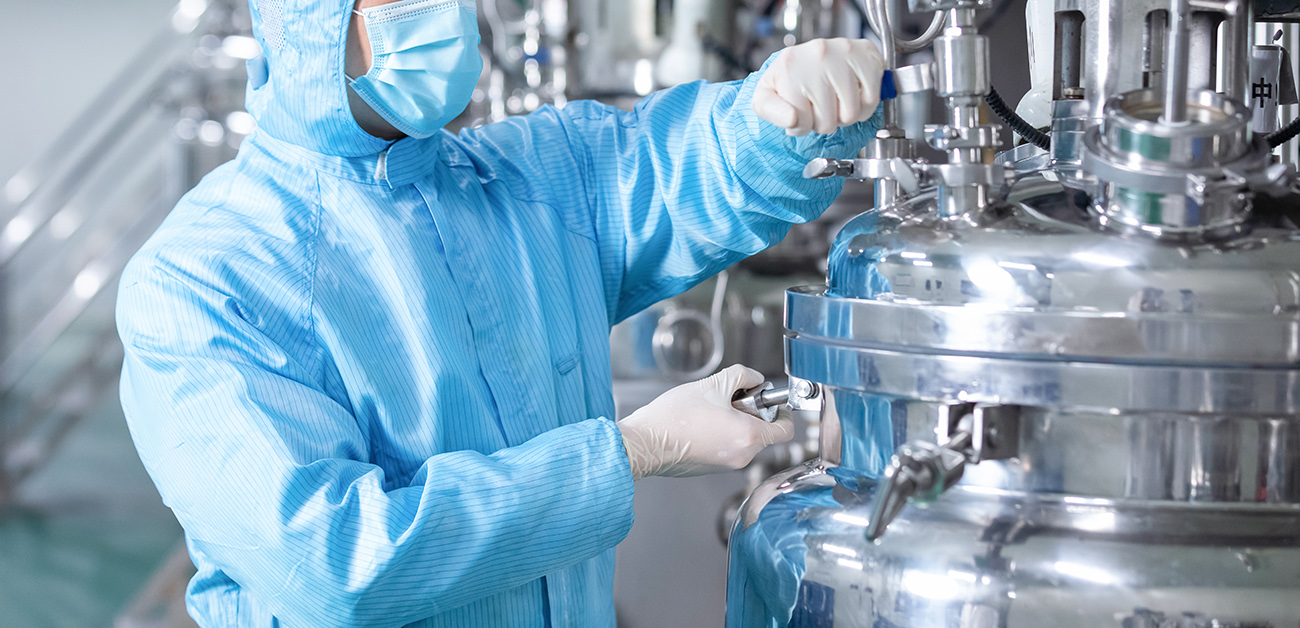On the long-term path to achieve carbon peak and carbon neutrality, global chemical enterprises are facing the most profound transformation challenges and opportunities, and have issued strategic transformation and restructuring plans.
In the latest example, the 159-year-old Belgian chemical giant Solvay announced that it would split into two independently listed companies.

Why break it up?
Solvay has made a series of radical changes in recent years, from the sale of its pharmaceuticals business to the merger of Rhodia to create the new Solvay and the acquisition of Cytec. This year brings the latest transformation plan.
On March 15, Solvay announced that in the second half of 2023, it will split into two independent listed companies, SpecialtyCo and EssentialCo.
Solvay said the move was aimed at strengthening strategic priorities, optimising growth opportunities and laying the foundation for future development.
The plan to split into two leading companies is a key step in our journey of transformation and simplification." Ilham Kadri, CEO of Solvay, said that since the GROW strategy was first launched in 2019, several actions have been taken to strengthen financial and operational performance and keep the portfolio focused on higher growth and higher profit businesses.
EssentialCo will include soda ash and derivatives, peroxides, silica and consumer chemicals, high-performance fabrics and industrial services, and specialty chemicals businesses. Net sales in 2021 are approximately EUR 4.1 billion .

SpecialtyCo will include specialty polymers, high-performance composites, as well as consumer and industrial specialty chemicals, technology solutions,
spices and functional chemicals, and oil and gas. Net sales in 2021 total approximately EUR 6 billion.
Solvay said that after the split, specialtyco will become a leader in specialty chemicals with accelerated growth potential; Essential co will become a leader in key chemicals with robust cash generation capabilities.
Under the split plan, shares of both companies will be traded on Euronext Brussels and Paris.
What is the origin of Solvay?
Solvay was founded in 1863 by Ernest Solvay, a Belgian chemist who developed an ammonia-soda process for the production of soda ash with his family members. Solvay established a soda ash plant in Cuye, Belgium, and put into operation in January 1865.
In 1873, the soda ash produced by Solvay Company won the prize at the Vienna International Exposition, and the Solvay Law has been known to the world since then. By 1900, 95% of the world's soda ash used the Solvay process.
Solvay survived both world wars thanks to its family shareholder base and closely protected manufacturing processes. By the early 1950s solvay had diversified and resumed global expansion.
In recent years, Solvay has successively carried out restructuring and mergers and acquisitions to accelerate global expansion.
Solvay sold its pharmaceuticals business to Abbott Laboratories of the United States for 5.2 billion euros in 2009 to focus on chemicals.
Solvay acquired French company Rhodia in 2011, strengthening its presence in chemicals and plastics.
Solvay entered the new composites field with its $5.5 billion acquisition of Cytec, in 2015,the largest acquisition in its history.
Solvay has been operating in China since the 1970s and currently has 12 manufacturing sites and one research and innovation center in the country. In 2020, net sales in China reached RMB 8.58 billion.
Solvay ranks 28 in the 2021 Top 50 Global Chemical Companies list released by the US "Chemical and Engineering News" (C&EN).
Solvay's latest financial report shows that net sales in 2021 was 10.1 billion euros, a year-on-year increase of 17%; basic net profit was 1 billion euros, an increase of 68.3% over 2020.

Post time: Oct-19-2022






